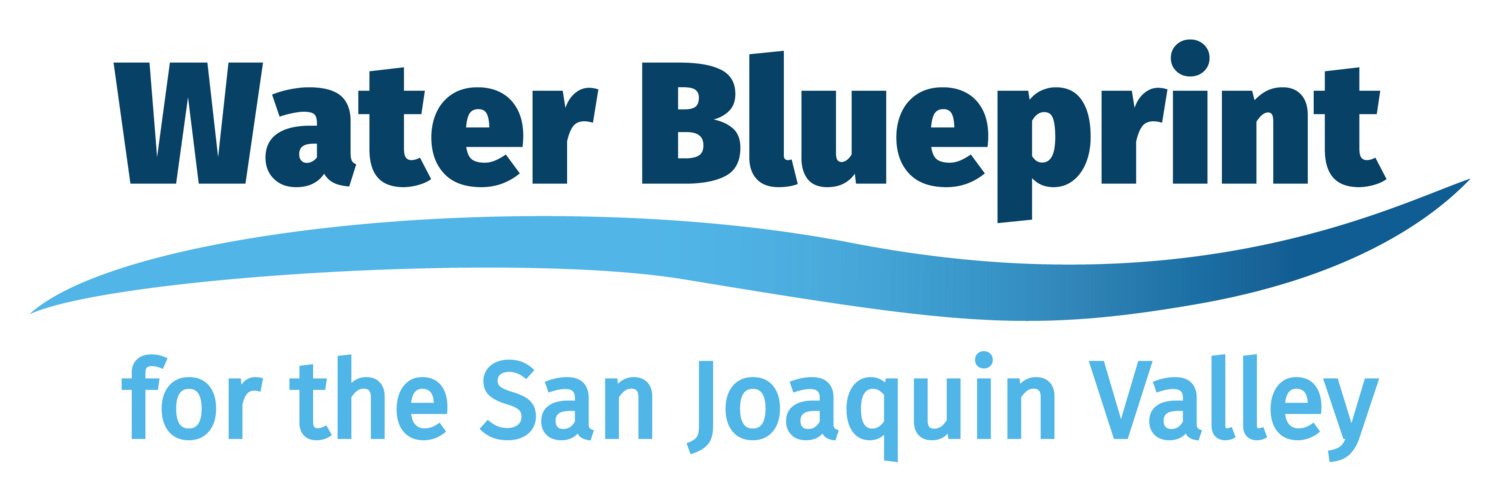When water supply and water quality are discussed, the focus is often on the critical importance of water for people’s health and safety, for agriculture, and for the natural environment. Rightly so. However, a more recent development is the direct tie between water and property values. One of the outcomes of the passage of the Sustainable Groundwater Management Act of 2014 (SGMA) has been the connection of land values to the availability of surface water. Adjacent parcels that are otherwise identical now have dramatically different appraisals if one is in the service area of an irrigation district and has access to surface water, and the other has groundwater as its sole water source. The real estate community saw this coming, and now water sources have become a valuation factor cited in property appraisals.
Increasing the volume of groundwater recharge is essential to reversing the groundwater overdraft conditions that led to the passage of SGMA. The last few years have seen remarkable response from public agencies, private water companies, and the newly formed SGMA-mandated Groundwater Sustainability Agencies in California’s 140 groundwater basins, to meet the challenge of boosting groundwater recharge capability. Groundwater basins with the most serious overdraft condition are concentrated mainly in the Central San Joaquin Valley, where construction of recharge basins, pump stations, canal interties, and much more is booming. The often-collaborative investments of time and money are paying off in significant increases in the volume of water returned to groundwater aquifers. Problem-solving momentum has been building and must continue. The relatively new connection between groundwater and land values is one more expression of the high stakes of replenishing the groundwater supply millions of Californians rely on. For more info go here.

